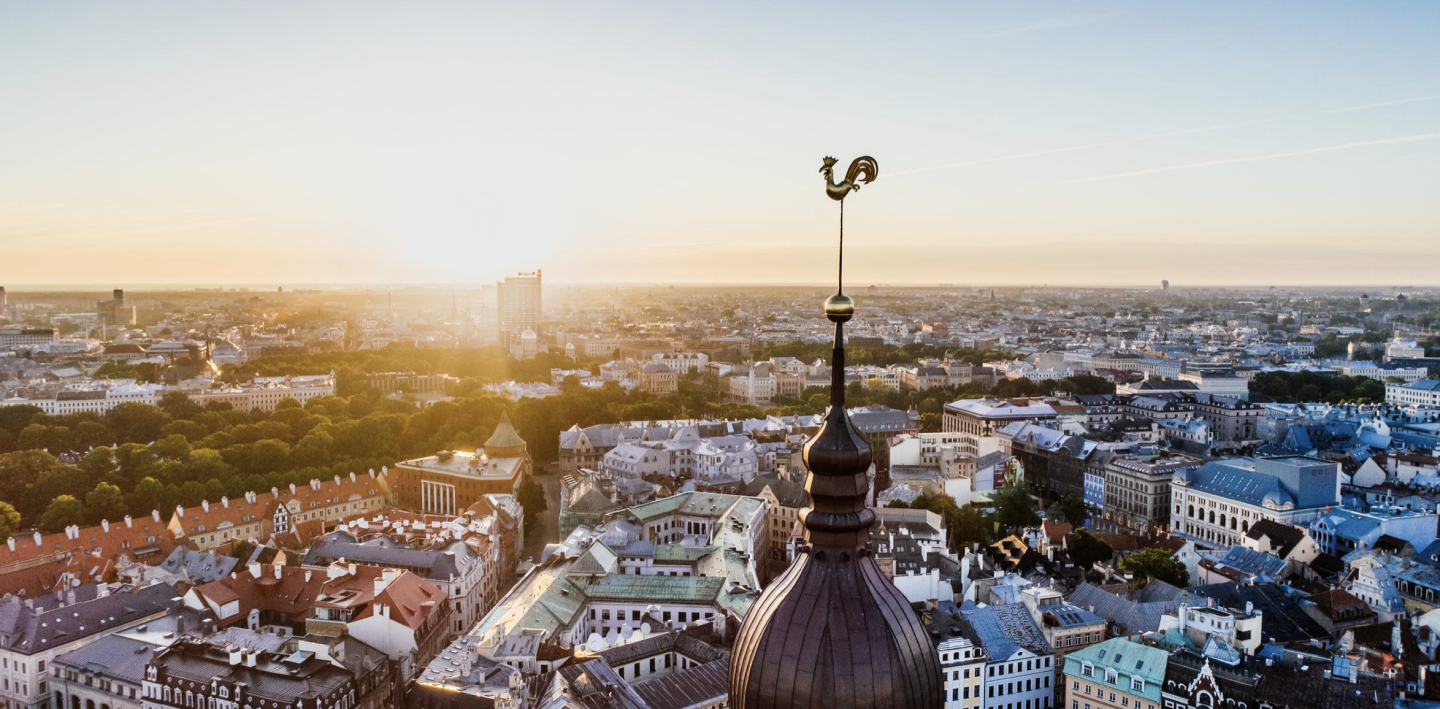The Darkersky Sentinel Alliance last week held its second meeting to address one of the most visible—and often overlooked—sources of light pollution: public lighting. The event brought together experts, practitioners, and local representatives to exchange experiences, highlight best practices, and strengthen cross-border cooperation in reducing the environmental impact of artificial night-time light. Daniele Gardiol, president of the Alliance, outlined its purpose: to create a space where members can exchange ideas, promote best practices, and take joint action to combat light pollution across Europe. Gardiol noted that the alliance “it’s a tool to listen, collaborate, and propose concrete solutions.”
As part of the Darkersky4CE project, the meeting highlighted ongoing initiatives, including four pilot actions. Roman Hillebrand, from Leipzig, explained that one pilot will focus on modernizing public lighting systems in the German city. This will involve not only technical upgrades but also dialogue with administrators, citizens, and scientists to ensure effective and sustainable change.
Experts’ contribution: Public light and Light Pollution
Three invited speakers shared their perspectives and best practices on public lighting, from technical regulations to ecological and social dimensions.
1. Diego Bonata – Engineer, member of Cielobuio Association
Diego Bonata gave an overview of Italian lighting regulations based on five key milestones: where to illuminate, how much, efficiency, eco-friendliness, and light management. The regulations specify that luminous intensity should not exceed 0.49 candles per kilolumen at 19 degrees and require professional lighting designs. As advice it is necessary to reduce the emission of direct light sent upwards, reduce the emission of indirect light. Reducing upward and indirect light emissions, limiting color temperature to 3000K, and dimming lights by at least 30% before midnight are crucial steps to lower both light pollution and energy consumption. Bonata states that if municipalities apply these changes, they can have a lot of savings for municipalities on the electricity bill, showing some best practices of changing lights and the savings that generated.
2. Chiara Carucci – Lighting Designer at Noctua
Chiara Carucci said we need to consider light pollution not only from an astronomical perspective but also from an ecological one. Current regulations, she explained, rarely address the effects of artificial light on biodiversity and animal behaviour. Carucci said, emphasizing that lighting should respect local ecosystems and natural rhythms. She presented examples such as the disorientation of Caretta Caretta turtles along illuminated coastlines, calling for cross-disciplinary collaboration among designers, ecologists, and policymakers. Carucci also encouraged creative engagement methods, such as educational games and role-playing activities, to raise public awareness and support behavioral change.
3. Reinhard Klenke – Plan-B Project
Representing the Plan-B Project, Reinhard Klenke described how light and noise pollution affect biodiversity across Europe. The project compiles scientific data and develops models to understand these impacts on insects, plants, fungi, and other organisms. Klenke underlined the need for a harmonized European approach, since regional laws differ widely. “We see light and noise pollution not as human problems, but as biodiversity issues,” he said. Plan-B’s activities include a database, policy synthesis, and a solutions manual to help local actors implement effective mitigation measures.
Engaging Citizens and Policymakers
The discussion that followed focused on public engagement connected to light pollution reduction: Participants agreed that convincing both citizens and mayors requires tailored communication strategies. Bonata stated that involving citizens in this topic is very difficult, but to convince local administrators, the only way that his experience worked well is to make them understand about the economy gain from energy savings. This convinces municipalities to be involved and act. Meanwhile, Carucci and Klenke stressed the value of dialogue and the involvement of artists and social scientists to foster empathy and awareness.
Conclusion
In closing, Daniele Gardiol emphasized that the SA should continue beyond the end of the Darkersky4CE project. To ensure continuity, the group plans to meet online three more times by the end of 2026, with each session focusing on practical topics. The SA decided also to have some on-field activities while there are the partnership meetings of Darkersky4CE, in this way everyone can join, and members of SA are invited also to get to know each other better. Future discussions will also gather members’ expectations and ideas for the Alliance’s development.
